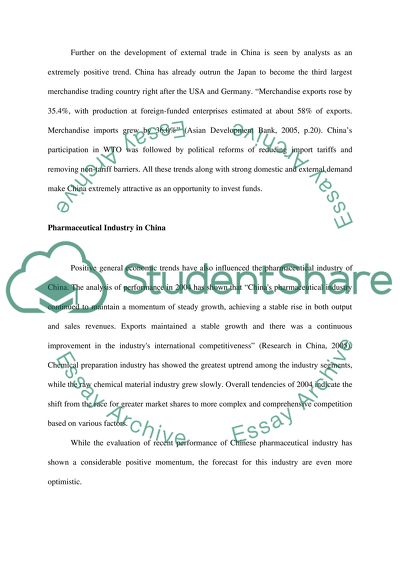Cite this document
(“The Advantages and Disadvantages on the Chinese Market Term Paper”, n.d.)
The Advantages and Disadvantages on the Chinese Market Term Paper. Retrieved from https://studentshare.org/finance-accounting/1519087-international-corporate-finance-essay
The Advantages and Disadvantages on the Chinese Market Term Paper. Retrieved from https://studentshare.org/finance-accounting/1519087-international-corporate-finance-essay
(The Advantages and Disadvantages on the Chinese Market Term Paper)
The Advantages and Disadvantages on the Chinese Market Term Paper. https://studentshare.org/finance-accounting/1519087-international-corporate-finance-essay.
The Advantages and Disadvantages on the Chinese Market Term Paper. https://studentshare.org/finance-accounting/1519087-international-corporate-finance-essay.
“The Advantages and Disadvantages on the Chinese Market Term Paper”, n.d. https://studentshare.org/finance-accounting/1519087-international-corporate-finance-essay.


